 Holidays are a time of joy, giving, and unfortunately, a lot of waste. Practicing sustainability over the holidays is crucial due to the significant environmental impact this season can have. The holidays are traditionally a time of excess – over-indulgence in food leading to waste, excessive energy consumption for lighting and heating, and the generation of vast amounts of waste from gift wrapping and packaging. By choosing to be mindful and adopt sustainable practices, we can significantly reduce this environmental footprint. Moreover, the festive season, being a time when families come together, provides an excellent opportunity to educate others and inspire them to adopt eco-friendly habits. By promoting sustainability during the holidays, we not only protect our environment but also set a precedent for future generations to celebrate responsibly and mindfully. Remember, the best gift we can give to our planet is a commitment to its preservation.
Holidays are a time of joy, giving, and unfortunately, a lot of waste. Practicing sustainability over the holidays is crucial due to the significant environmental impact this season can have. The holidays are traditionally a time of excess – over-indulgence in food leading to waste, excessive energy consumption for lighting and heating, and the generation of vast amounts of waste from gift wrapping and packaging. By choosing to be mindful and adopt sustainable practices, we can significantly reduce this environmental footprint. Moreover, the festive season, being a time when families come together, provides an excellent opportunity to educate others and inspire them to adopt eco-friendly habits. By promoting sustainability during the holidays, we not only protect our environment but also set a precedent for future generations to celebrate responsibly and mindfully. Remember, the best gift we can give to our planet is a commitment to its preservation.
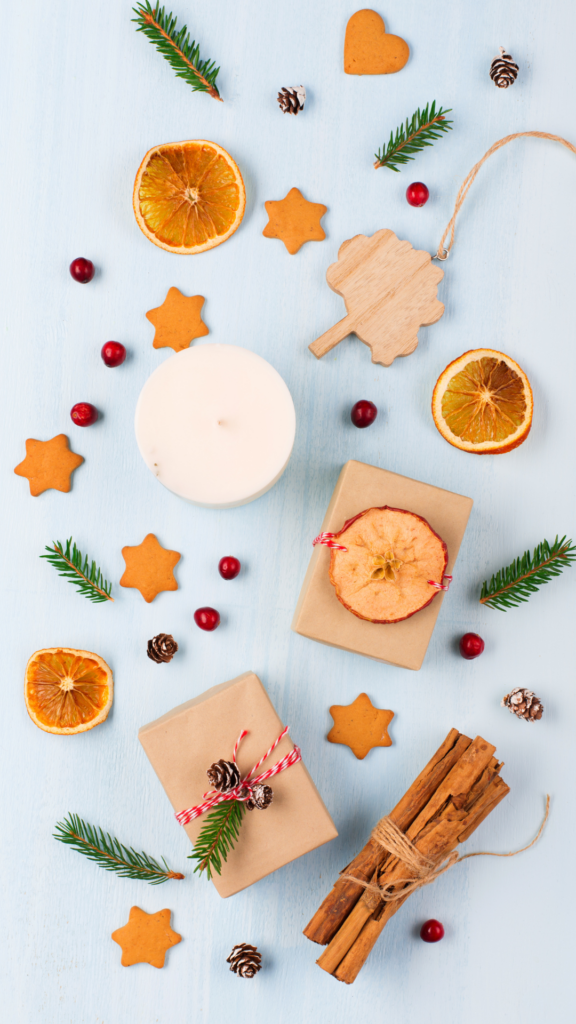 With a bit of planning, we can change our habits to create more sustainable celebrations. Here are a few eco-friendly holiday tips:
With a bit of planning, we can change our habits to create more sustainable celebrations. Here are a few eco-friendly holiday tips:
- Gift Green: Consider giving experiences rather than material gifts. A class, a concert, or a trip to a national park can create memories without generating waste. If you prefer giving physical presents, opt for sustainably-made products, or better still, make your own gifts.
- Wrap Wisely: Each year, the amount of wrapping paper used in the holidays could circle the globe multiple times. Use eco-friendly alternatives like reusable fabric wraps, old newspapers, or children’s artwork.
- Feast Sustainably: Plan your festive meals carefully to avoid food waste. Buy locally grown, organic produce where possible, and compost any food scraps.
- Decorate Naturally: Avoid plastic decorations and instead opt for natural alternatives. Pinecones, holly, and homemade ornaments can provide a charming and eco-friendly aesthetic.
- Light Mindfully: Save energy by using LED holiday lights, which use up to 80% less energy than traditional bulbs. And remember to turn off the lights before going to bed or when you leave the house.
Let’s make every holiday a celebration of our commitment to sustainability, cherishing the planet that we call home just as much as we cherish our loved ones. Happy eco-friendly holidays!


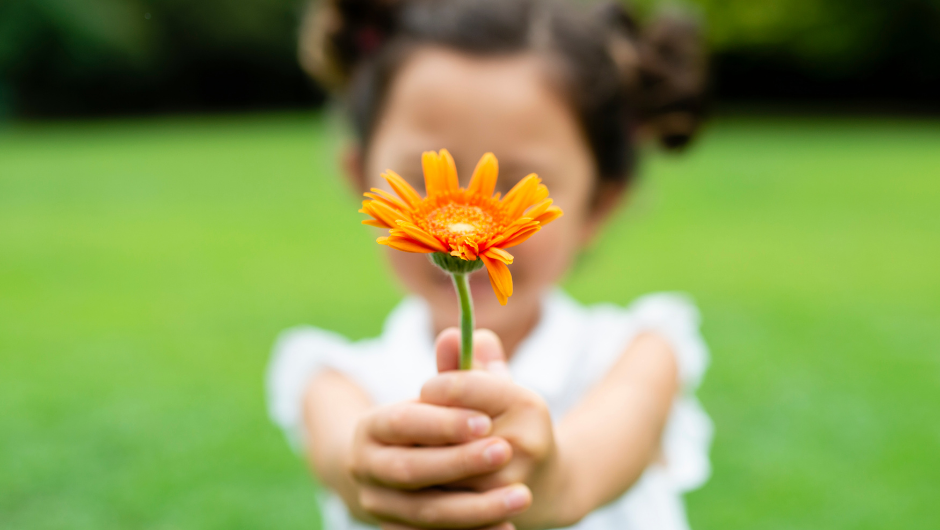
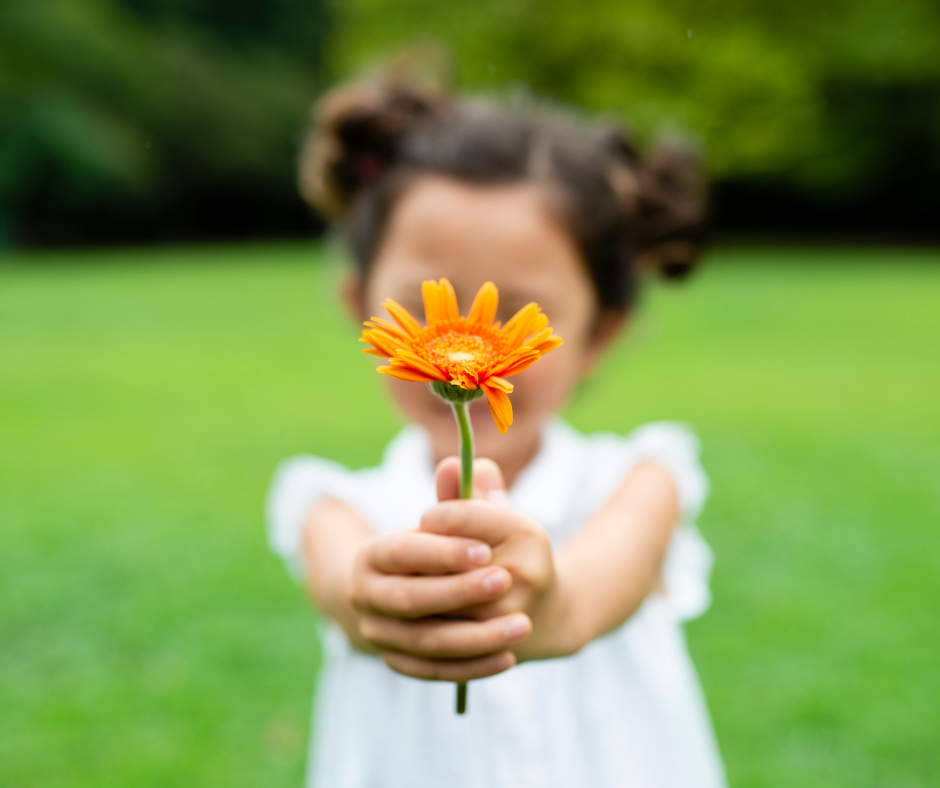 On a psychological level, gratitude can increase happiness and reduce depression. It encourages positivity and reduces toxic emotions, such as envy and resentment. Practicing gratitude can increase your resilience, helping you to overcome stress and bounce back from adversity – essential skills for any yoga practitioner.
On a psychological level, gratitude can increase happiness and reduce depression. It encourages positivity and reduces toxic emotions, such as envy and resentment. Practicing gratitude can increase your resilience, helping you to overcome stress and bounce back from adversity – essential skills for any yoga practitioner.
 Keep a Gratitude Journal:
Keep a Gratitude Journal: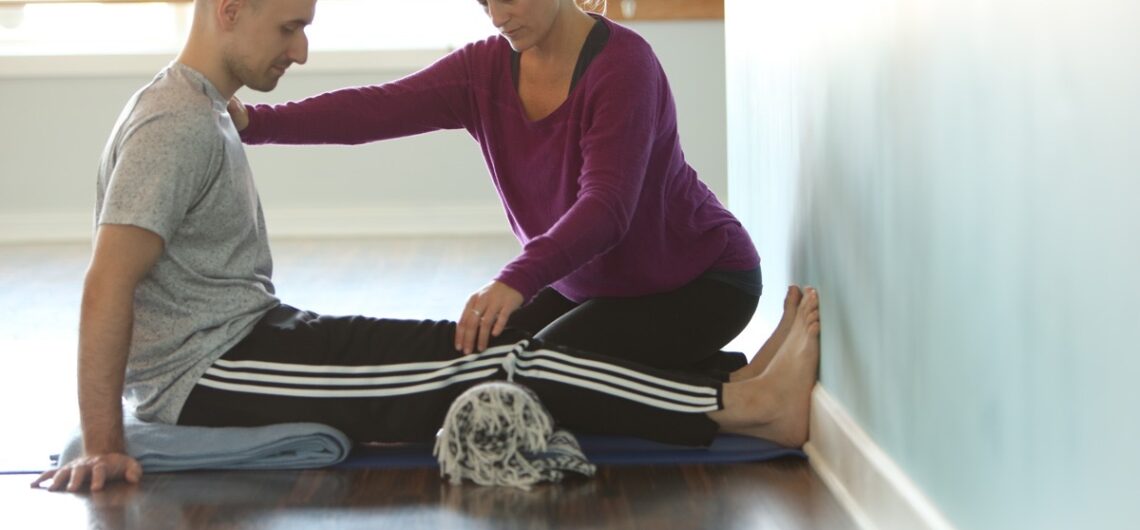
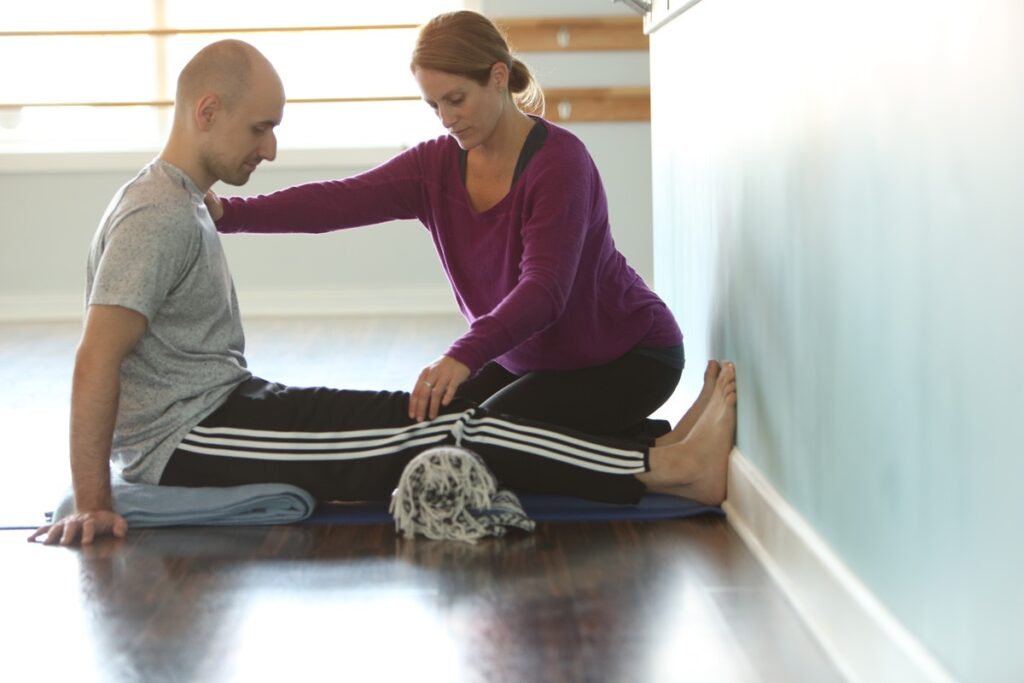

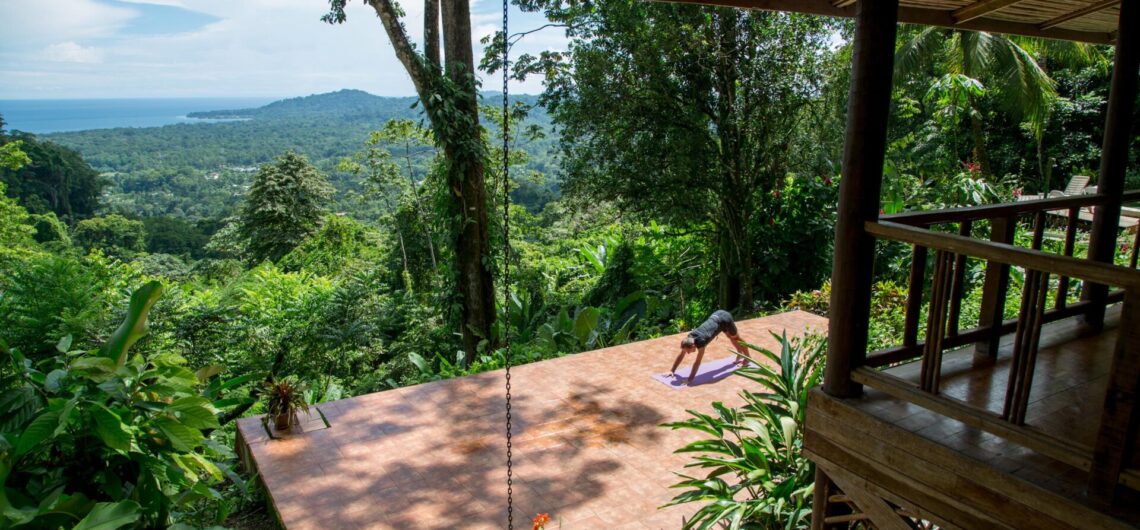
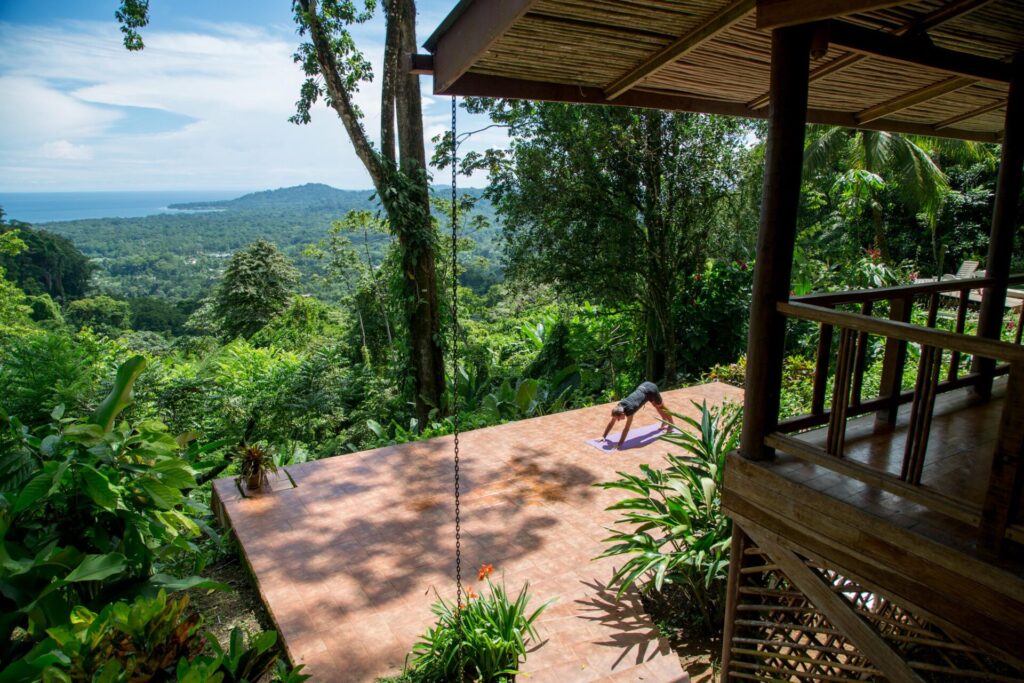 Let me invite
Let me invite 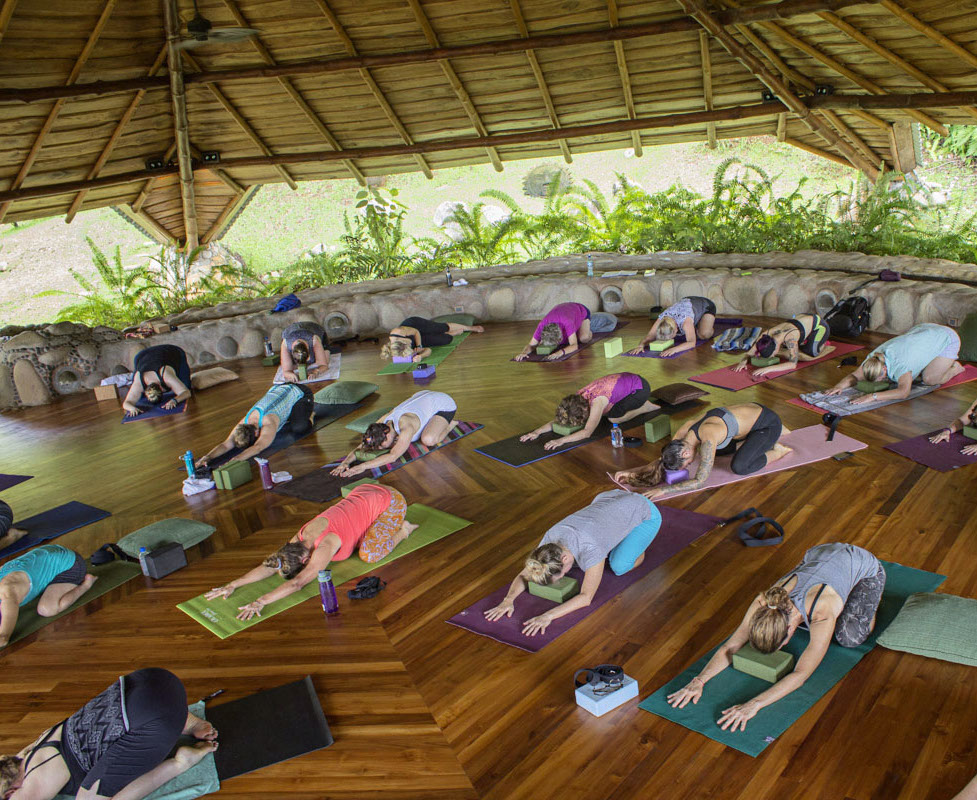
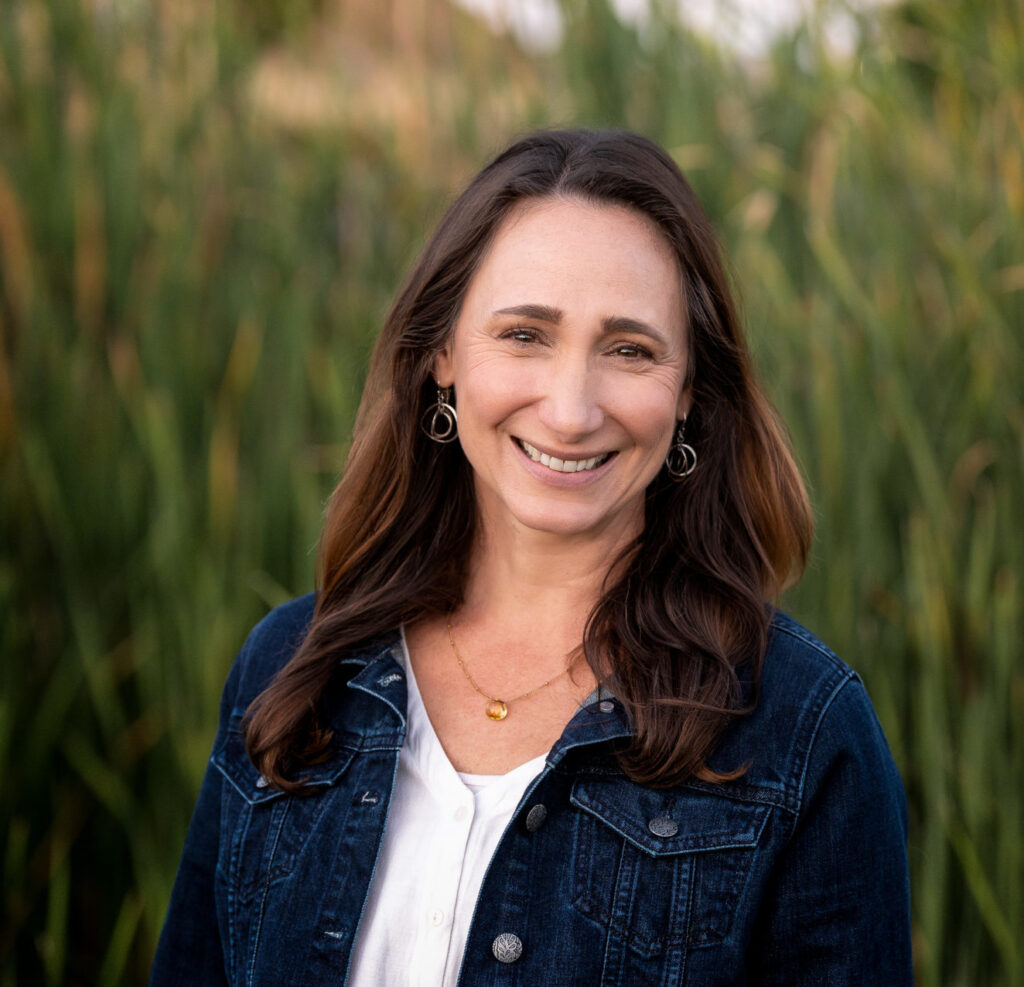 Dr. Margo Bachman DACM has been passionate about natural medicine and healing for over thirty years. Her own healing experiences and innate curiosity continue to inspire her life and her career. She discovered holistic medicine to heal herself from menstrual problems, pregnancy loss, hormonal craziness and all sorts of other ailments and has been amazed by the power of natural medicine.
Dr. Margo Bachman DACM has been passionate about natural medicine and healing for over thirty years. Her own healing experiences and innate curiosity continue to inspire her life and her career. She discovered holistic medicine to heal herself from menstrual problems, pregnancy loss, hormonal craziness and all sorts of other ailments and has been amazed by the power of natural medicine.
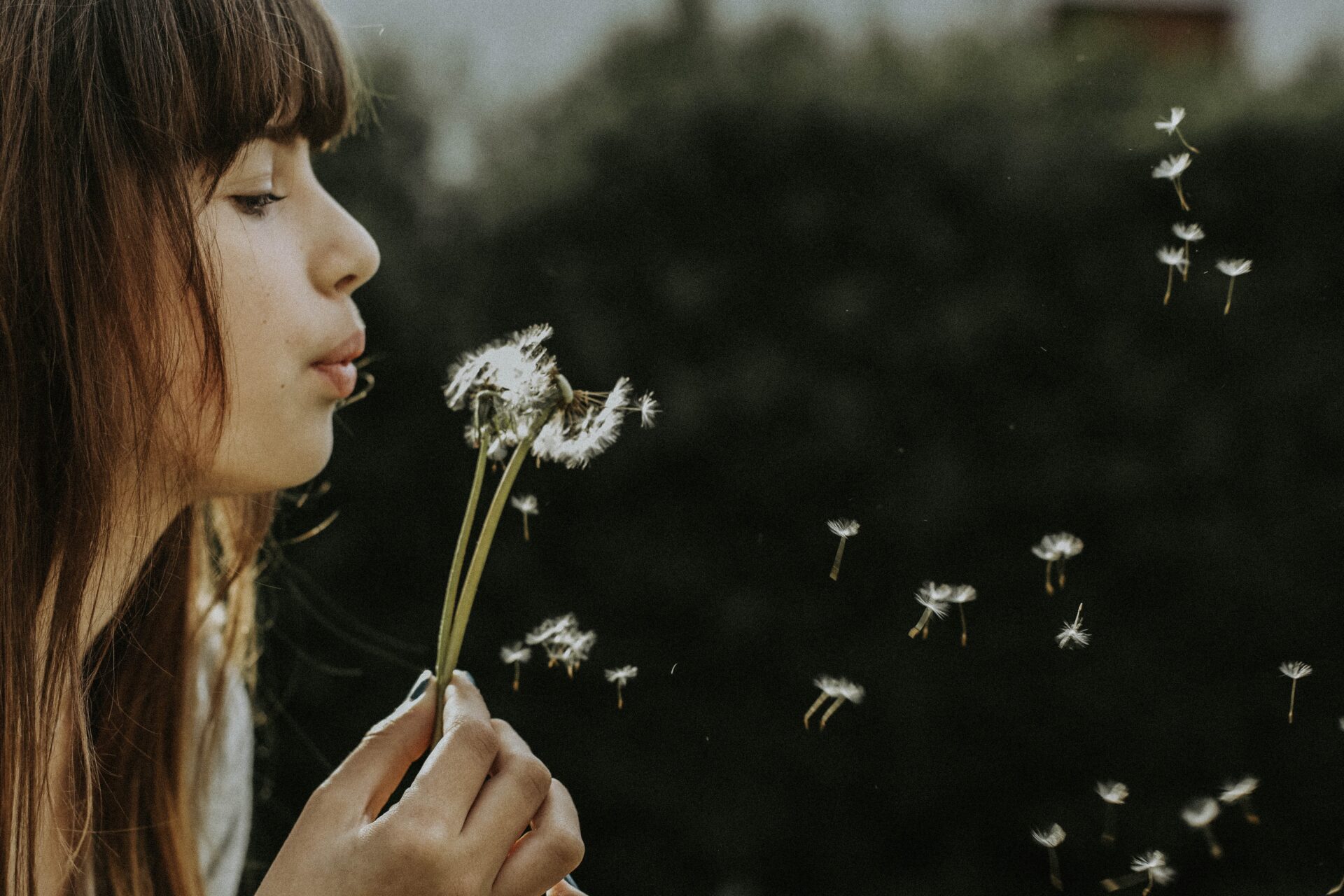 Did you know that one of the most important relationships a woman has in life is with herself? And that the breath is one of our most powerful tools for learning about ourselves and creating positive changes?
Did you know that one of the most important relationships a woman has in life is with herself? And that the breath is one of our most powerful tools for learning about ourselves and creating positive changes?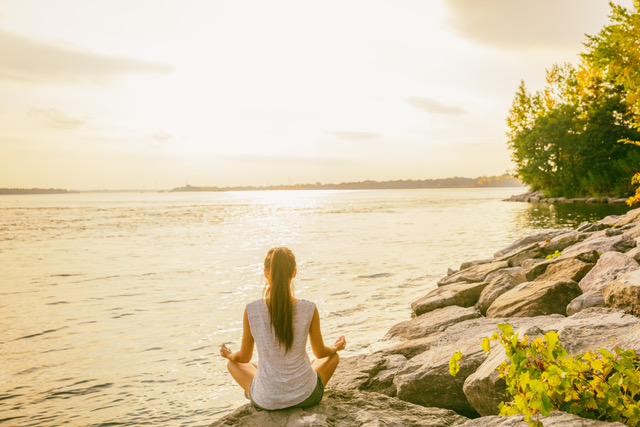


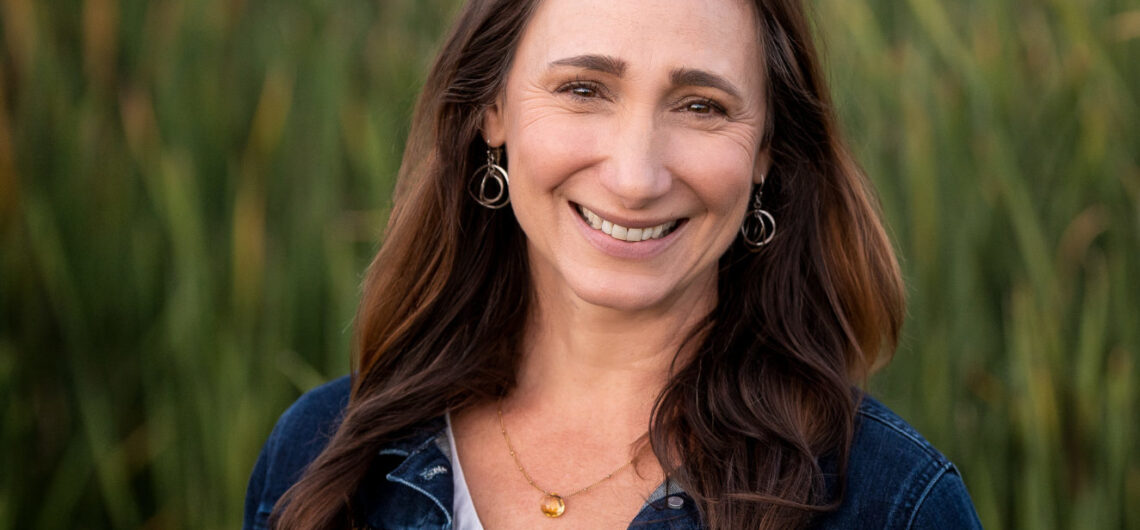
 experiences and innate curiosity continue to inspire her life and her career. She discovered holistic medicine to heal herself from menstrual problems, pregnancy loss, hormonal craziness and all sorts of other ailments and has been amazed by the power of natural medicine.
experiences and innate curiosity continue to inspire her life and her career. She discovered holistic medicine to heal herself from menstrual problems, pregnancy loss, hormonal craziness and all sorts of other ailments and has been amazed by the power of natural medicine.
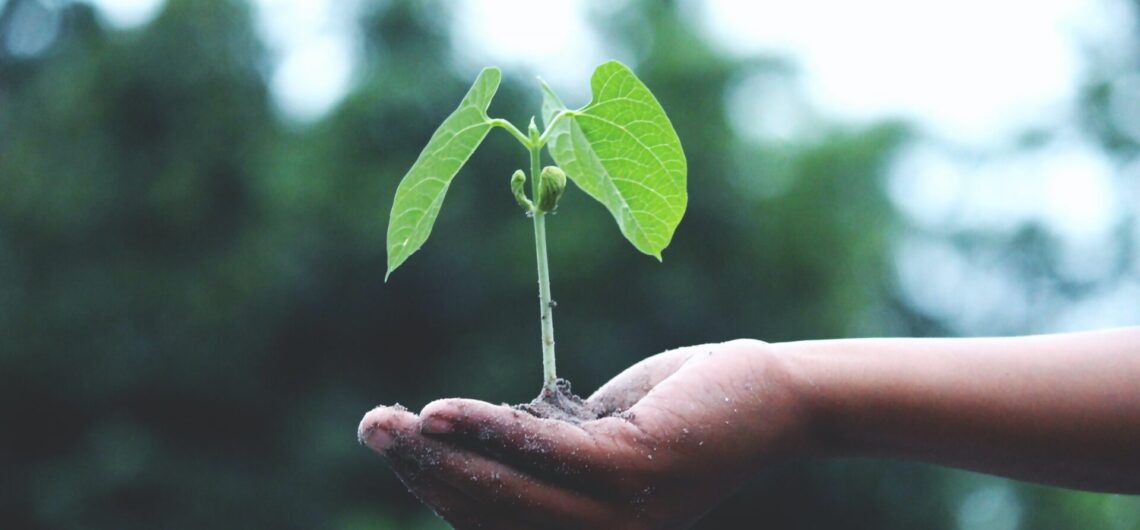
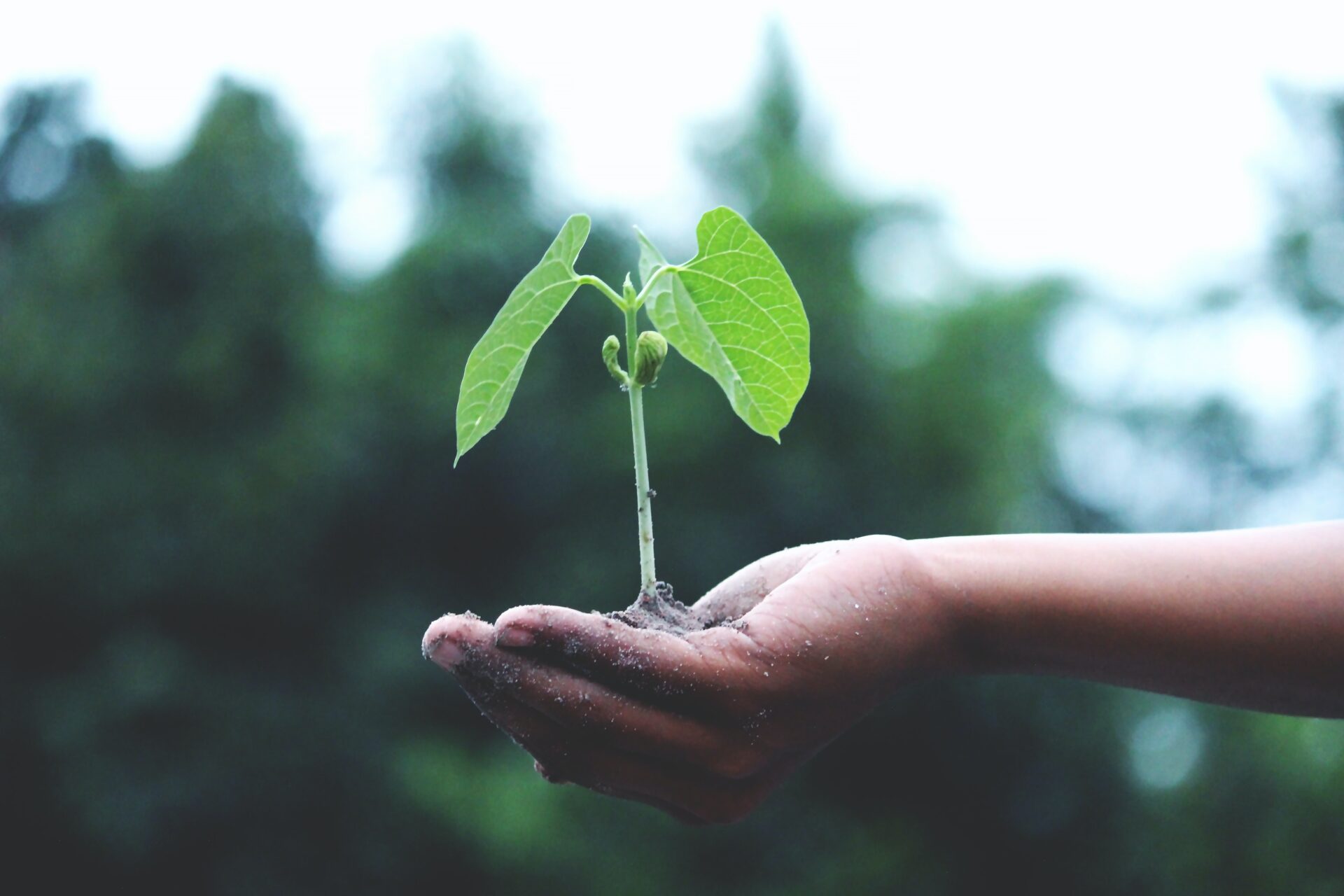
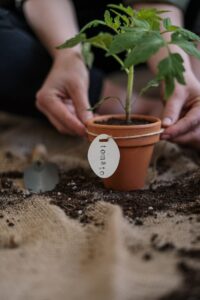



 I’ve heard many reasons to explain why someone has fallen away from their yoga practice, deferred a trip to recharge or put off working on any personal issue that would elevate their quality of life. People have complained to me that Yoga retreats or coaching is too expensive. I’ve also heard “I don’t have time.”, “I’m too tired/exhausted/overwhelmed/stressed out.”
I’ve heard many reasons to explain why someone has fallen away from their yoga practice, deferred a trip to recharge or put off working on any personal issue that would elevate their quality of life. People have complained to me that Yoga retreats or coaching is too expensive. I’ve also heard “I don’t have time.”, “I’m too tired/exhausted/overwhelmed/stressed out.” dollar and every ounce of fortitude you can give it. Regardless of the self talk re-runs looping in your mind about your perceived limitations, you likely have more agency to change than you actually realize.
dollar and every ounce of fortitude you can give it. Regardless of the self talk re-runs looping in your mind about your perceived limitations, you likely have more agency to change than you actually realize.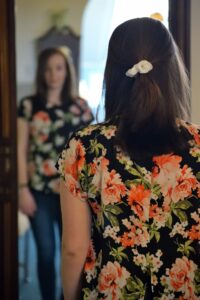








 Here’s some good news. We can transform our worrying so that it has a healing effect. Worry uses our imagination, and so can the antidote to worry. Instead of going to the dark place where all the fear, angst and doubt reside, imagine instead the best possible result or outcome. That’s an actionable place for me when it comes to climate change worry.
Here’s some good news. We can transform our worrying so that it has a healing effect. Worry uses our imagination, and so can the antidote to worry. Instead of going to the dark place where all the fear, angst and doubt reside, imagine instead the best possible result or outcome. That’s an actionable place for me when it comes to climate change worry.